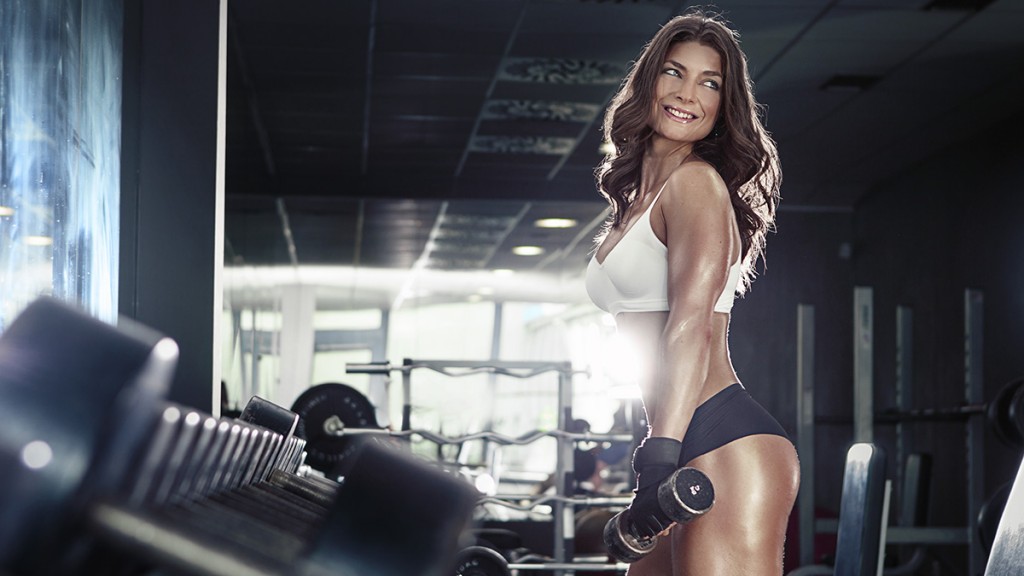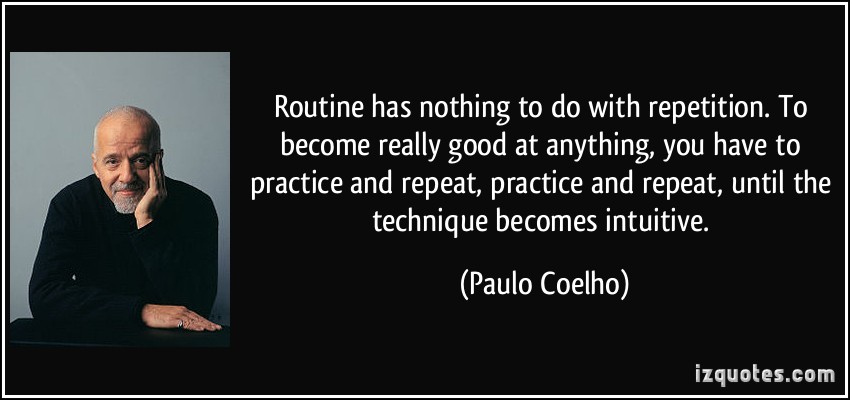7 Secrets To Increase Your Strength In The Gym
Fitness February 15, 2024 Damon Mitchell

You’ve been weight training too long to lift such tiny loads. If it’s time to increase your strength, you should know a few things…
Sorry to go all fitness-nerd on you, but don’t confuse full motor unit recruitment with true gains. Motor unit recruitment is a fancy term to explain a basic concept. When you first start a lifting routine, the body “turns on all the lights.”
Prior to that, your body was being efficient, not using all of your skeletal nerves. These initial gains are due to those switches being flipped. If you want to intimidate someone, throw full motor-unit recruitment into a conversation, like this:
“Yeah, I’m stronger today, but it’s just full motor until recruitment at this point.”
After those initial gains, it’s going to take some new attention to make incremental increases. Like anything, your return on investment will not always be proportional to your efforts. Most find diminishing returns, but indirectly proportional rewards for the effort. Think journey over destination. Celebrate more for smaller gains.
CREATE TENSION
Oversimplified, you want to create tension across your whole body, starting with your feet. The oversimplification part of this is you don’t simply want to tense your whole body in any pose. I’m a big fan of Kelly Starrett’s approach, which is borrowed from the coaches he follows, but here’s the rundown:
If your feet are on the ground, you’re screwing them into the floor from the hip to the toes, left foot counterclockwise, the right clockwise. They shouldn’t move, but the tension should be screw-like.
Your glutes should be firing, but not tilting your pelvis.
Your pelvic floor should be sucked up towards your diaphragm. You do this by pulling your belly button towards your anus.
Your head should be floating on your shoulders as the only part of your body you aren’t tensing, and your shoulders should be tucked into the back pockets of your pants.
Your arms will try to bend the bar in your hands like you were Superman. Don’t worry. It won’t actually bend.
HEAD TO THE BAR
No, not that bar. Not the other one either. The Olympic bar.
There’s a reason it’s called that. The barbell is what Olympic lifters have lifted since lifters have been squatting train axles.
The Olympic bar is what allows you to create tension from your hands to your shoulders. There’s nothing wrong with dumbbells, but they don’t teach you how to create tension. There are other techniques that can be applied to dumbbells to simulate the same tension.
Until you master the bar, stick with it. Bar too heavy? Use a broom stick until your comfortable with the tension or you break the stick.
GET NEGATIVE
Some of the most developmental work you do in the gym is negative. I’m not talking about your attitude. We’re talking about the resistance part of your moves, when you are resisting the pull of gravity but moving in the same direction gravity pulls.
For bench, this is when you lower the bar, for squats when you drop down, and so on. Fitness nerds call this eccentric movement.
The temptation when we’re new is to really focus on the positive movement, where we push the opposite direction as gravity. This is important too. It’s the goal, obvi, but it’s not the only way to develop your strength.
Some coaches will keep their athletes almost exclusively focused on negative motion. You can work this in by slowing down that negative movement, counting backward from three, five or even ten.
Expect to lower your weights on these.
FOCUS OR LEAVE
Cant’ stop thinking about your broken heart? Leave. If you can’t get your head in the game, get off the field. One of the most common points of injury in the gym is near the rack, either lifting the weight off or putting it back.
Lifters go into autopilot for this, which is somewhat expected, but if you are distracted on top of this, you are a prime candidate for injury.
Injury means altered workouts, possibly stopped workouts, which means no gains until you’re back in the saddle. Take your head out of the gym until you can get it screwed in right.
STUDY THE BEST
The guys and gals who came first still teach some of the best lessons. Do yourself a favor. Don’t look to body builders to find strength training advice. It’s not that they don’t know anything about strength, but getting stronger is not their main goal.
Your favorite poser may be a heavy lifter, but that doesn’t mean his technique is the secret sauce. Instead, listen to the oldest Olympians you can find. Watch YouTube, read books or articles.
Look for similarities in their advice, then amalgamate what they say into your own workout code.
MAX OUT
There are no two ways about it. To know what your 100% lift is, the only true test is a max lift. This means you increase the weight on the bar until you can only effectively lift that weight one time.
You’re going to want to want a spotter. You’ll also want to record the weight of your lift. I’m a fan of using the notes screen on your phone, but there are tons of apps out there for this. Just, put it somewhere other than your brain.
That said if you’re just starting out, wait to max out. How long you should wait is hard to say. Get one of the saltiest dogs in your gym to sign off on your technique before you go heavy. It would be nice to give you something quantitative, like saying “wait one year,” but everybody will learn at different rates.
Whatever you do, just don’t max out every lift.
WORK YOUR REPS
Not sales reps, but lifting repetitions. If strength is your goal, you’ll likely stay below the 70-80% of your max most of the time, but don’t forget that a month of repping 50% of your max can teach your muscles something too. Endurance training, anyone?
Working your reps means that when you are lifting above the 80% mark, rep counts won’t exceed 6-8 reps, except with your warm-up. When you get below the 80% mark you should be in the 8-14 range.
Although you could find plenty of blogs and articles to refute these numbers, the general concept is the heavier you lift, the fewer reps you will lift.
Train for either strength or endurance, but the more mix these in your workouts, the more blended your results will be. The more specific you get, like sticking to one goal for a month, the more specific your results will be.
Over time, expect to measure your strength gains over longer periods of time. While there are breakthroughs where athletes make huge jumps, for the most part, you will see only incremental changes after all the lights are on.
You can either see that as tedious or challenging. Your body is going to ask you to get very specific about more than what we’ve covered here. Without opening a whole can of worms, factors like timing, speed, emotions, and more can affect your results.
But like I said, that’s a whole ‘nother blog.








